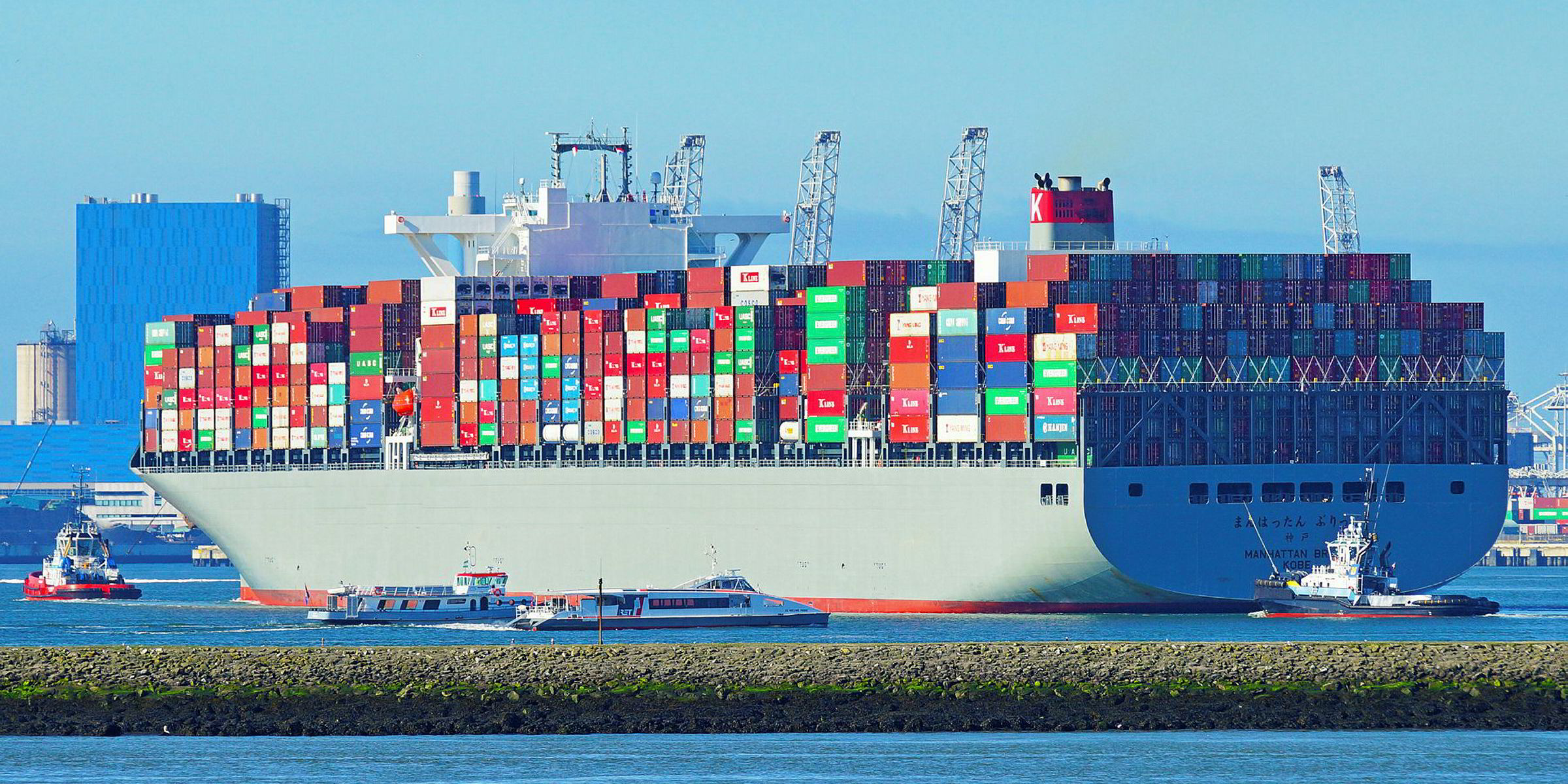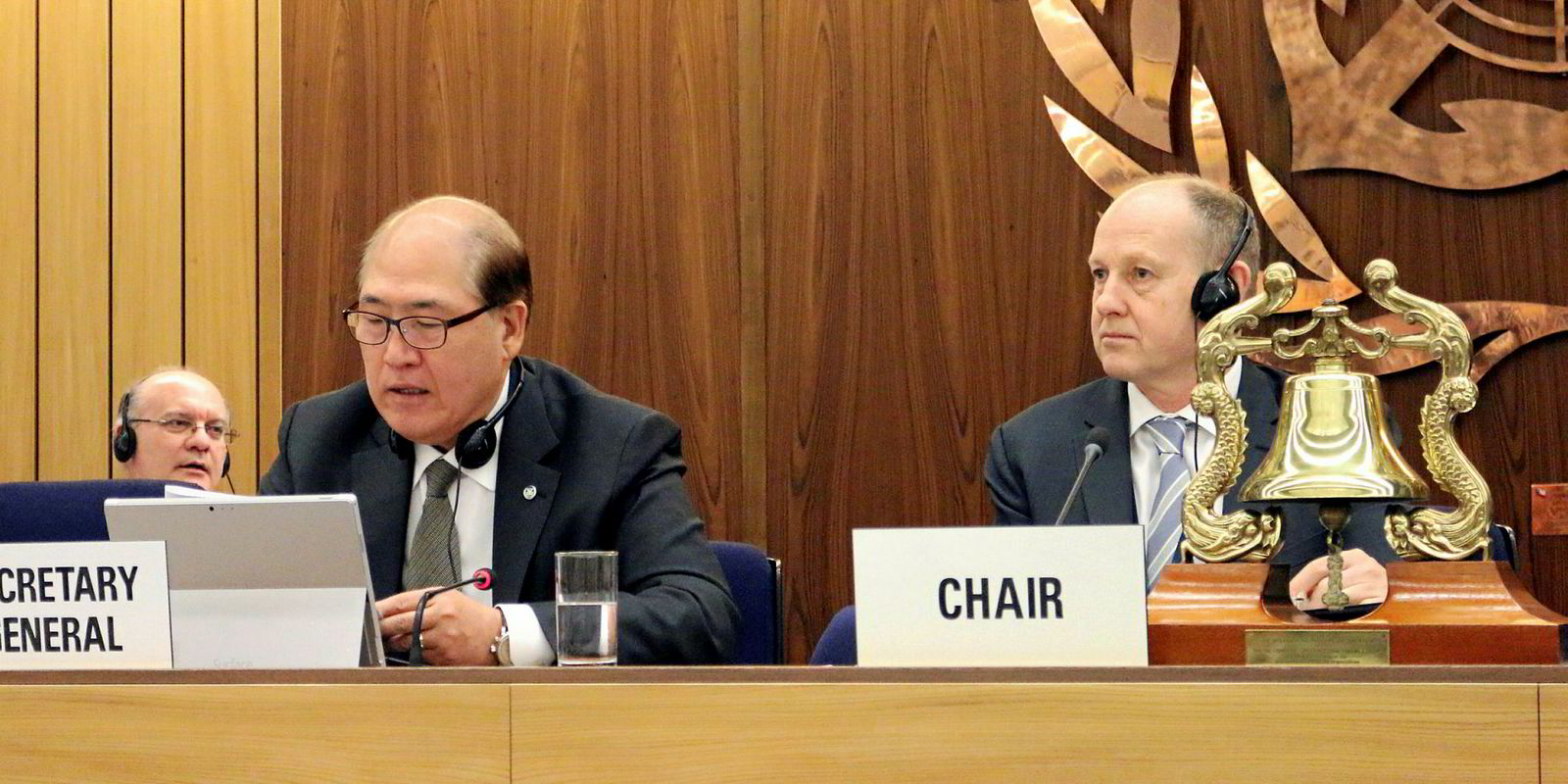A Japanese report on a boiler explosion that killed a crew member on a containership illustrates one of the many safety issues that operators will have to consider when switching to low-sulphur distillates.
A Filipino man, 35, died in the explosion while the K Line-controlled, 13,900-teu Manhattan Bridge (built 2015) was in the UK port of Felixstowe. He had been trying to restart the boiler, which had had problems with a flame failure cut-out.
An investigation by the Japan Transport Safety Board found large waxy deposits in the boiler’s distillate fuel supply filter that caused clogging and the flame failure.
The marine gas oil (MGO) used was prone to wax at temperatures of 14C or below. The ambient air temperature at Felixstowe at the time of the accident in January last year was 4C.
The ship had switched to MGO because it was trading in the UK’s sulphur emission control area (SECA). The fuel had been tested against an old standard that did not test for waxing in low temperatures.
The UK’s Marine Accident Investigation Branch, which has also been following the casualty, said: “The requirement to comply with increasingly stringent low-sulphur emission regulations in SECAs, such as the North Sea, has increased demand. Some low-sulphur distillate fuels have high paraffin content and therefore are more susceptible to waxing at low temperatures.”
The British and Japanese investigators warned that waxing in distillate fuels can cause filter blockage and combustion problems. They have urged vessel operators to carefully consider expected ambient air and sea temperatures when buying low-sulphur MGO.
The two investigation bodies advised: “When operating in cold climates, the visual appearance of distillate fuels should be closely monitored to identify signs of waxing. The first indication will become evident when the fuel reaches its cloud point temperature; the fuel will become hazy or cloudy.”




